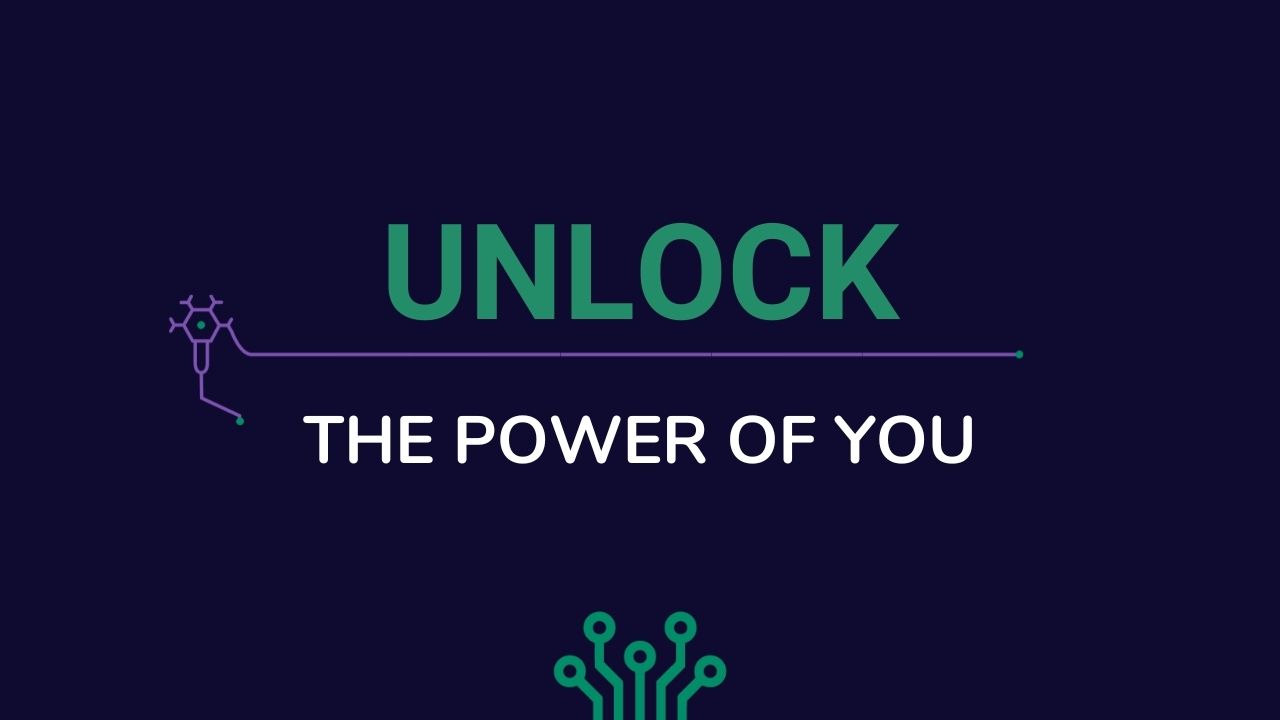Ep. 2: How to Understand Body Language & Communicate Positivity | with Dr. John Paul Garrison
Jun 11, 2017Today our expert guest is Dr. John Paul Garrison. He is a licensed psychologist, published author, and an expert in nonverbal communication and detecting deception. He received specialized training from the Paul Ekman Group and achieved expert-level status in micro expressions, subtle face expression, and law enforcement.
John developed the ARC Analysis system, a methodology originally used to teach law enforcement to identify and react to nonverbal behaviors they observe in potential suspects. He’s since adapted the system to help business leaders increase their interpersonal intuition, and he shares how anyone can benefit from a better understanding of nonverbal communication.
Nonverbal communication is what the brain recognizes unconsciously; it’s what an individual’s body movements suggest. These involuntary movements are a manifestation of your emotions, which are controlled by the limbic system of your brain. For example…
- When someone doesn’t move their arms while they’re walking, they’re trying to hide.
- When someone crosses their arms, they are looking for defense or comfort.
- When someone is seated and locks their feet together, they’re trying not to say something.
- When someone stands with their legs apart, the farther apart they are, the more dominant and defensive they are trying to be (typical ‘alpha male’ behavior).
John teaches people to recognize and understand these unconscious behaviors so that they can better communicate, without speaking. This is where the ARC Analysis system comes into play.
ARC = Action, Reason, Concern
- An action is a behavior you see.
- The reason is the context of why an individual engages in a specific action.
- The concern is, as you might expect, the reaction you feel associated with the observed behavior.
ARC was originally designed to identify deception, but it’s since been expanded to help users develop their intuition and emotional intelligence. John defines emotional intelligence as an individual’s capacity to recognize their own emotions, as well as other people’s emotions, and experience empathy.
If you aren’t in law enforcement, counter terrorism, or a Fortune 500 company, understanding nonverbal communication can still be incredibly useful! When you understand how your own unconscious behaviors are related to your limbic system, and your feelings, you can start to control the nonverbal messages you send and the way you are perceived.
John is currently adapting the ARC Analysis system for couples, who have some of the most exaggerated and strongest nonverbal language. Understanding each other, nonverbally, can make a world of difference.
We need to train in reading nonverbal communication because contextualizing behavior – ascribing reason to a particular action – is very nuanced. Some behaviors aren’t consistently the result of a specific feeling, and some behaviors don’t indicate the feeling you might expect. We need to understand the science to understand the context.
- Shaky hands can have a lot of meanings (e.g. cold, poor blood flow, nervous), but if someone’s hands start shaking in the middle of a conversation then that person had a strong adrenaline rush.
- Flaring nostrils doesn’t necessarily mean someone is angry; it means someone is trying to oxidate the body, and greater oxidation means someone is preparing for action.
- People squint, sometimes called eye blocking or shielding, after hearing something they don’t like.
The Biggest Helping: Today’s Most Important Takeaway
“We are always communicating with each other. Always.”
You really need to learn what your body is saying to other people, and what people are silently saying to you. When you can do that, you can adapt your behaviors and make other people feel better.
If you know what to look for when people are feeling defensive, then you know what to do to make yourself open… and if you can make yourself open, as uncomfortable as it might be, you will receive a better reaction from other people.
—
Thank you for joining us on The Daily Helping with Dr. Shuster. Subscribe to the show on iTunes, Stitcher, or Google Play to download more food for the brain, knowledge from the experts, and tools to win at life.
Resources:
- Learn more at DrJPGarrison.com
- Subscribe to Dr. Garrison’s YouTube Channel: What The Psych
- Watch John’s short YouTube series: “How to spot lying using hidden body language with Dr. John Garrison”

There is incredible potential that lies within each and every one of us to create positive change in our lives (and the lives of others) while achieving our dreams.








